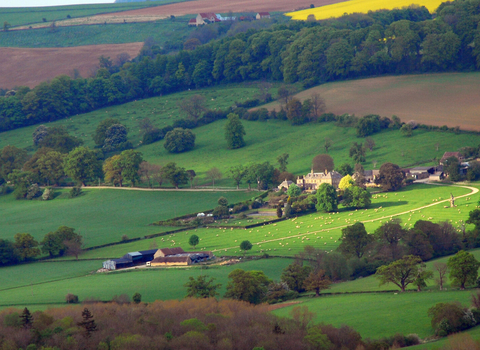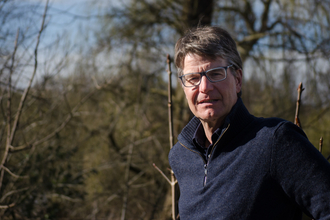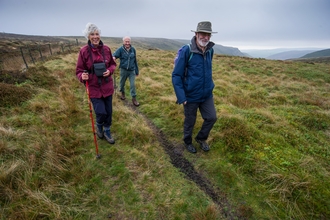The Bill proposes sweeping changes to England’s planning system, in a bid to ramp up the pace of development. Regrettably, those in power believe that the building of new homes is being impeded by laws protecting our environment and threatened species. I guess it’s easier to blame nature than tackle the real problems, like chronically under-resourced planning departments, skills shortages in the construction industry and a developer-led housing market that withholds supply in order to keep prices high!
Rather than address these systemic issues, the Planning and Infrastructure Bill takes the easy route and proposes legislative changes to allow developers to sidestep some of their environmental obligations.
Just to be clear, Staffordshire Wildlife Trust is emphatically not opposed to new development. We know that more homes are desperately needed, but we firmly believe that building them shouldn’t be at the expense of our precious natural environment.
The crux of the matter is this: we don’t need to choose between nature or development, we can develop a system that provides for both. If we’re re-designing the planning process, surely we should aim for a system that prioritises sustainable, nature and people-friendly development, rather than one that allows any development, anywhere you like?





